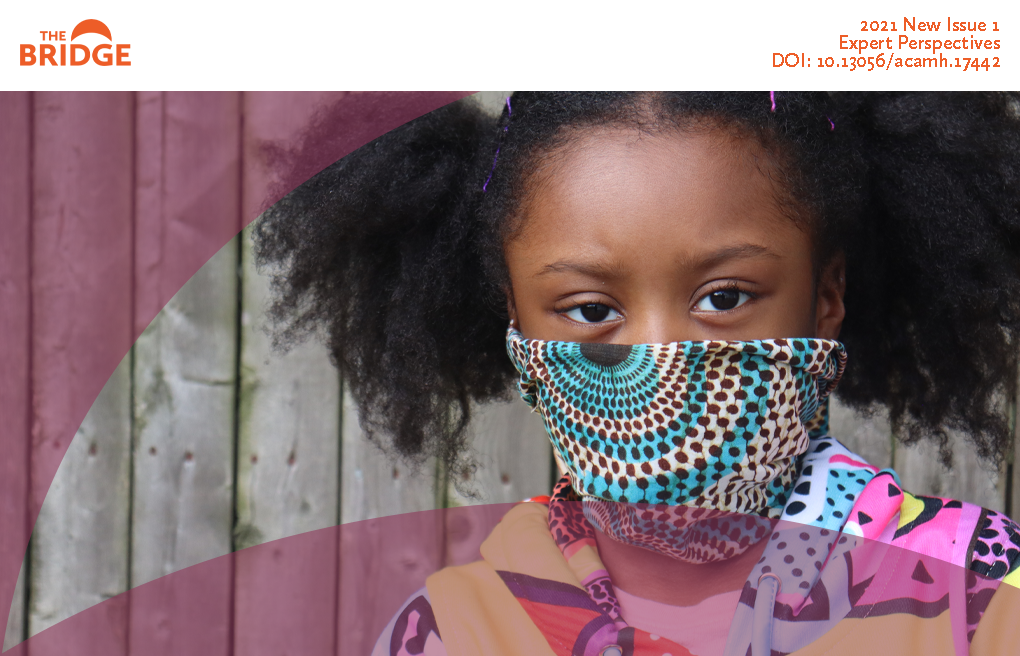
Clinics are increasingly screening for ACEs, but ACE scores may not tell us who will go on to develop poor health, explain Jessie R Baldwin and Andrea Danese.
One in two children in the UK are exposed to adverse childhood experiences (ACEs), such as abuse, neglect, or dysfunctional home environments.1-3 Because ACEs are associated with poor health outcomes in later life, public health advocates are interested in buffering the impact of ACEs through targeted health interventions.
To identify children and adults who may be at risk and benefit most from these interventions, several clinics and schools screen for ACEs. Children and adults with high ACE scores (generally 4+ ACEs) are thought to be at high risk for later health problems and may be offered interventions. But can a person’s ACE score accurately predict whether they will have future health problems?
ACEs and population-level risk of health problems
To answer this question, we studied two birth cohorts from the UK and New Zealand – the E-Risk Longitudinal Twin Study and the Dunedin Longitudinal Study.1 ACEs were assessed in childhood through interviews and observations in both studies, and were also self-reported in adulthood in the Dunedin Study. Participants were then assessed for later mental and physical health problems – in late adolescence (age 18) in E-Risk or at midlife (age 45) in Dunedin.
We first examined whether ACE scores were associated with risk of health problems in the population. Like in the original ACE Study,4 we found that groups of children with higher ACE scores had a greater risk of mental and physical health problems later in life.1
For example, a larger proportion of children with 4+ ACEs had later mental health problems compared to children with fewer ACEs, as shown in Figure 1. In other words, as a group, children with 4+ ACEs had higher average risk of mental health problems than children with fewer ACEs (relative risk = 1.14 for each additional ACE; 95% confidence interval = 1.10-1.18).

Figure 1. Prevalence of mental health problems at age 18 in the E-Risk Study by ACE score. Adapted with permission from Baldwin et al. (2021).1
However, as also shown in Figure 1, not all children with 4+ ACEs had mental health problems – and some children with fewer or no ACEs had mental health problems. Because of these differences between individuals in each group with the same ACE score, it was unclear if ACE screening could accurately predict risk for individual children.
ACEs and individual-level risk of health problems
To test whether ACE scores could identify individuals at risk of health problems, we computed the Area Under the receiver operating characteristic Curve (AUC). The AUC shows whether the prediction of health problems based on each ACE score identifies more true positive results (e.g., the proportion of people with mental health problems who were exposed to ACEs; on the y axis in Figure 2) than false positive results (e.g., the proportion of people without mental health problems who were exposed to ACEs; on the x axis in Figure 2).

Figure 2. Accuracy of predicting mental health problems based on ACE scores in the E-Risk Study. Adapted with permission from Baldwin et al. (2021).1
If ACE scores identify the same rates of true positives and false positives (the dashed diagonal line in Figure 2), then the prediction simply reflects chance with AUC = 0.5 – it’s like flipping a coin. If ACE scores identify more true positives than false positives, then the prediction is progressively better than chance, with increasing AUC (up to AUC = 1 showing perfect accuracy).
We found that the AUC for having a mental health problem was 0.58 (95% confidence interval = 0.56-0.61; Figure 2). This AUC represents a 58% probability (i.e., only 8% above chance) that a random child who developed a mental health problem had a higher ACE score than a random child who did not. In other words, the ACE score couldn’t accurately distinguish a child who developed a later mental health problem from a child who did not.
Predictive accuracy was generally poor across several physical and mental health outcomes in both cohorts.1
Implications for ACE screening
These findings suggest that a person’s ACE score is not a good indicator of whether they will go on to develop health problems. Therefore, allocating health interventions based on ACE scores alone is a poor strategy: many people at risk of health problems would be missed because they didn’t have high ACE scores, while others with high ACE scores but low risk of developing health problems would be offered unnecessary interventions (with potential harms and costs).
Of course, ACE screening might be useful in other ways, such as identifying vulnerable children who need safeguarding – assuming that effective interventions could be provided.
Our findings caution against the deterministic use of traditional ACE scores for individual risk prediction and clinical decision making. However, future research should test whether ACE screening could be adapted to better identify individuals at risk of health problems, for example by focusing on the most predictive adversities5 or combining ACE scores with information about protective or vulnerability factors.6
References
- Baldwin JR et al (2021). Population vs individual prediction of poor health from results of adverse childhood experiences screening. JAMA Pediatr, 175, 385–
- Houtepen L et al (2018). Adverse childhood experiences in the children of the Avon Longitudinal Study of Parents and Children (ALSPAC). Wellcome Open Res, 3, 106.
- Radford L et al (2011). Child abuse and neglect in the UK today. London: NSPCC.
- Felitti VJ et al (1998). Relationship of childhood abuse and household dysfunction to many of the leading causes of death in adults: the Adverse Childhood Experiences (ACE) Study. Am J Prev Med, 14, 245–
- Turner HA, et al. (2020) Strengthening the predictive power of screening for adverse childhood experiences (ACEs) in younger and older children. Child Abuse Negl, 107, 104522.
- Baldwin JR & Danese A (2021). Research, practice and policy implications of adverse childhood events – reply. JAMA Pediatr, 175, 867–
About the Authors

Dr. Jessie R Baldwin is a Sir Henry Wellcome post-doctoral fellow at University College London and visiting researcher at the Social, Genetic and Developmental Psychiatry Centre at the Institute of Psychiatry, Psychology and Neuroscience, King’s College London. Her research focuses on understanding the relationships between childhood trauma and health.

Professor Andrea Danese is Professor of Child and Adolescent Psychiatry at the Institute of Psychiatry, Psychology and Neuroscience at King’s College London. He leads the Stress and Development Lab, investigating childhood trauma and trauma-related psychopathology across the life-course. He is also Honorary Consultant Child and Adolescent Psychiatrist at the National and Specialist CAMHS Clinic for Trauma, Anxiety, and Depression at South London and Maudsley NHS Foundation Trust.
The authors declare no conflicts of interest in relation to this article.
Related links
- Blog Why it’s time to ACE the way we measure the bad things that happen to children, R Lacey
- Trauma Topic Guide, A Danese & P Smith
- ACAMH Tag: Adverse childhood experiences
How you can help
Do please share with your networks and get involved by;
- completing this 2min survey
- following us on Twitter @TheBridgeACAMH
- to contribute, and to give feedback, please email TheBridge@acamh.org


